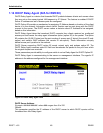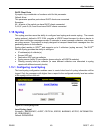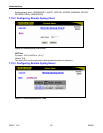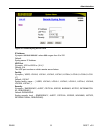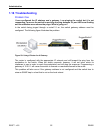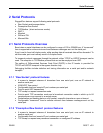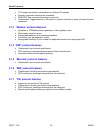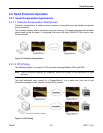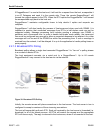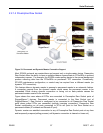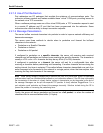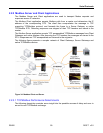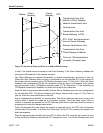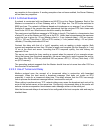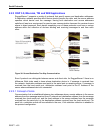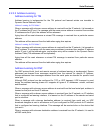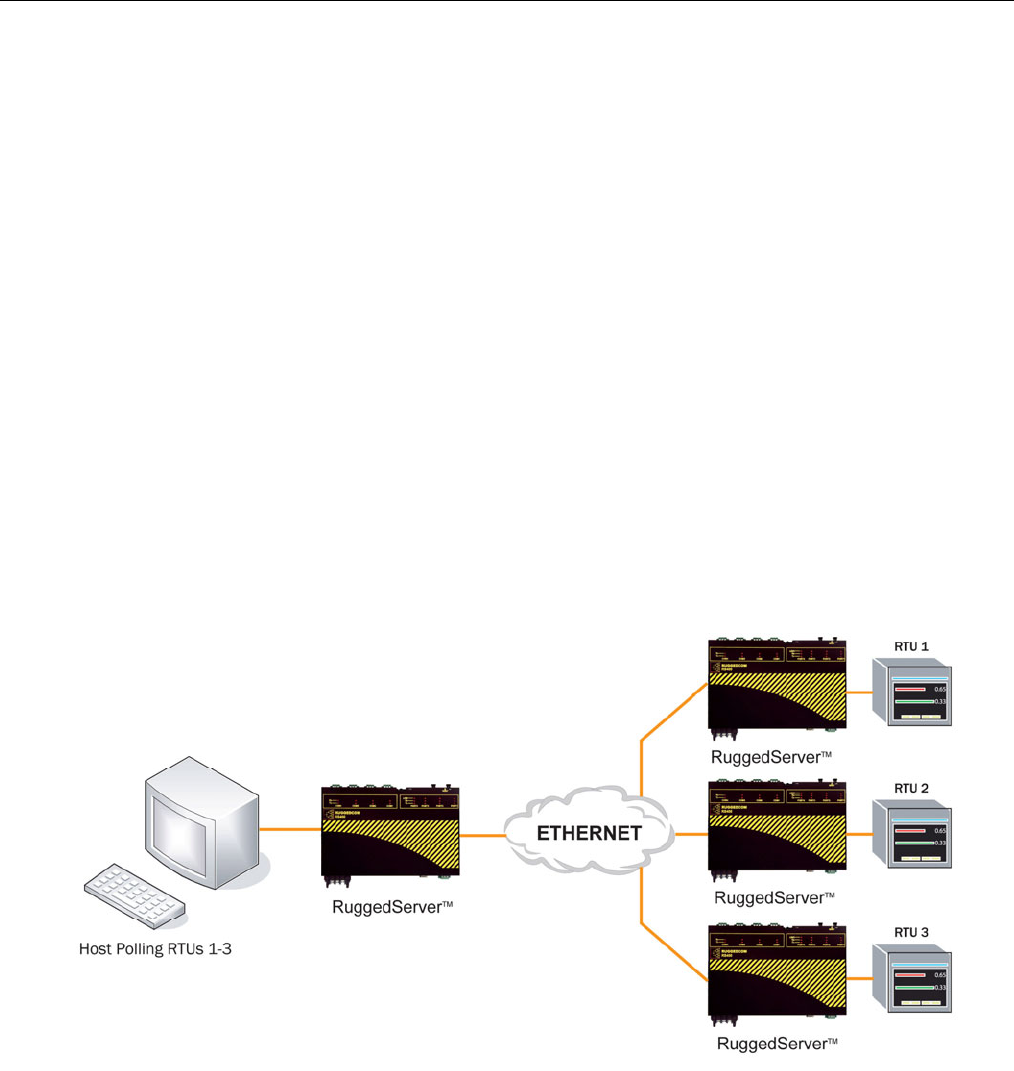
Serial Protocols
ROS™ v3.5 56 RS400
If RuggedServer™ is used at the host end, it will wait for a request from the host, encapsulate it
in an IP Datagram and send it to the remote side. There, the remote RuggedServer™ will
forward the original request to the RTU. When the RTU replies the RuggedServer™ will forward
the encapsulated reply back to the host end.
RuggedServer™ maintains configurable timers to help decide if replies and requests are
complete.
RuggedServer™ will also handle the process of line-turnaround when used with RS485. It is
important to mention that unsolicited messages from RTUs in half-duplex mode can not be
supported reliably. Message processing time includes sending a message over RS485, a
packtimer and a turnaround time. In order to handle half-duplex mode reliably, the turnaround
time must be configured long enough to allow an expected response to be received. Any other
messages will not be sent to the RS485 line within the processing time. If such a message is
received from the network, it will be delayed. It is up to the application to handle polling times on
ports properly.
2.2.1.3 Broadcast RTU Polling
Broadcast polling allows a single host connected RuggedServer™ to “fan-out” a polling stream
to a number of remote RTUs.
The host equipment connects via a serial port to a RuggedServer™. Up to 64 remote
RuggedServers™ may connect to the host server via the network.
Figure 32: Broadcast RTU Polling
Initially, the remote servers will place connections to the host server. The host server in turn is
configured to accept a maximum of three incoming connections.
The host will sequentially poll each RTU. Each poll received by the host server is forwarded (i.e.
broadcast) to all of the remote servers. All RTUs will receive the request and the appropriate
RTU will issue a reply. The reply is returned to the host server, where it is forwarded to the host.



